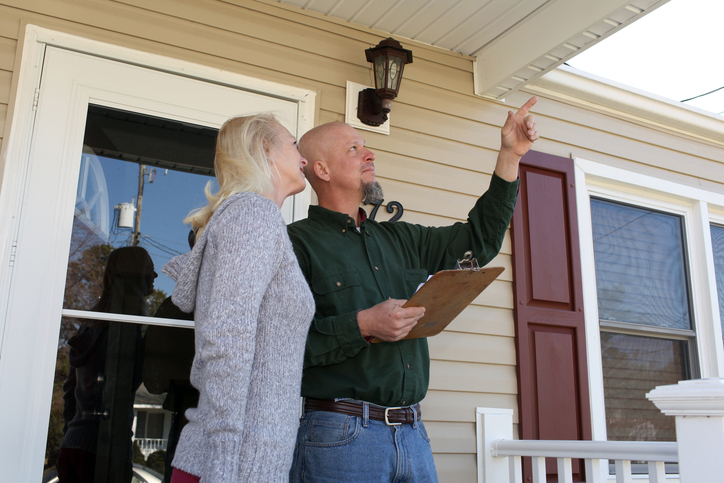Calgary’s winter is a force to be reckoned with, and your rental properties are right in its path! Cold winters can cause significant wear and tear on properties and lead to high costs. That’s why it’s essential to winterize your property ahead of time to avoid any catastrophe. But is there a way to do so and save money? Absolutely! Read on to discover expert tips from GIL on winterizing your winter property without breaking the bank.
Check Your Heating System
A reliable heating system is the cornerstone of winter readiness for any rental property. Calgary’s winters can make an underperforming or malfunctioning heating system more than just an inconvenience—it’s a potential liability for landlords and a source of discomfort for tenants. Ensuring your system is in top shape prevents breakdowns and saves on energy costs.
Schedule Professional Inspections and Tune-Ups
Furnace inspections help identify potential issues before they become major problems. Hiring a qualified technician to assess the system can help detect worn-out components, clean internal parts, and optimize the system for efficiency. A professional tune-up can reduce the risk of emergency repairs during the coldest months.
Replace Air Filters
Dirty or clogged air filters force heating systems to work harder, increasing energy consumption and the likelihood of wear and tear. During the winter, consider replacing or cleaning air filters every 1-3 months. This simple, low-cost maintenance task improves airflow, enhances energy efficiency, and ensures better indoor air quality for tenants.
Bleed Radiators and Check Ducts
For properties with radiators, bleeding them to remove trapped air enhances heating efficiency. Additionally, inspecting and sealing any leaks in the ductwork prevents heat loss. Duct tape or mastic sealant are affordable options for addressing leaks quickly.
By proactively inspecting and maintaining the heating system, you can minimize unexpected expenses, ensure tenant satisfaction, and keep energy costs under control.
Protect Pipes from Freezing
Frozen pipes are one of the most common and costly issues you can face during cold winter months. When water freezes inside a pipe, it expands, increasing the pressure and potentially causing the pipe to burst. The resulting water damage can be costly. Here are some proactive steps you can take:
Insulate Exposed Pipes
Pipes in unheated areas, such as basements, attics, or exterior walls, are especially vulnerable to freezing. Insulating them with foam or rubber sleeves is an affordable and effective solution. The materials are easy to install and can be found at most hardware stores.
Maintain Consistent Indoor Temperatures
Keeping the temperature consistent throughout the property, even in unoccupied units, is critical. A minimum temperature of 15°C (59°F) is recommended to prevent freezing. Programmable thermostats can help regulate temperatures efficiently, ensuring pipes stay warm without excessive energy use.
Advise Tenants to Leave Faucets Dripping During Extreme Cold
In extreme cold snaps, a slow drip from faucets connected to vulnerable pipes can keep water flowing and reduce the risk of freezing. Providing tenants with clear instructions on this practice is a simple yet effective measure.
These preventative strategies can prevent frozen pipes and ensure your rental properties remain safe and functional throughout the winter. GIL offers expert property maintenance, including winterization. Contact us today for a free property management consultation.

